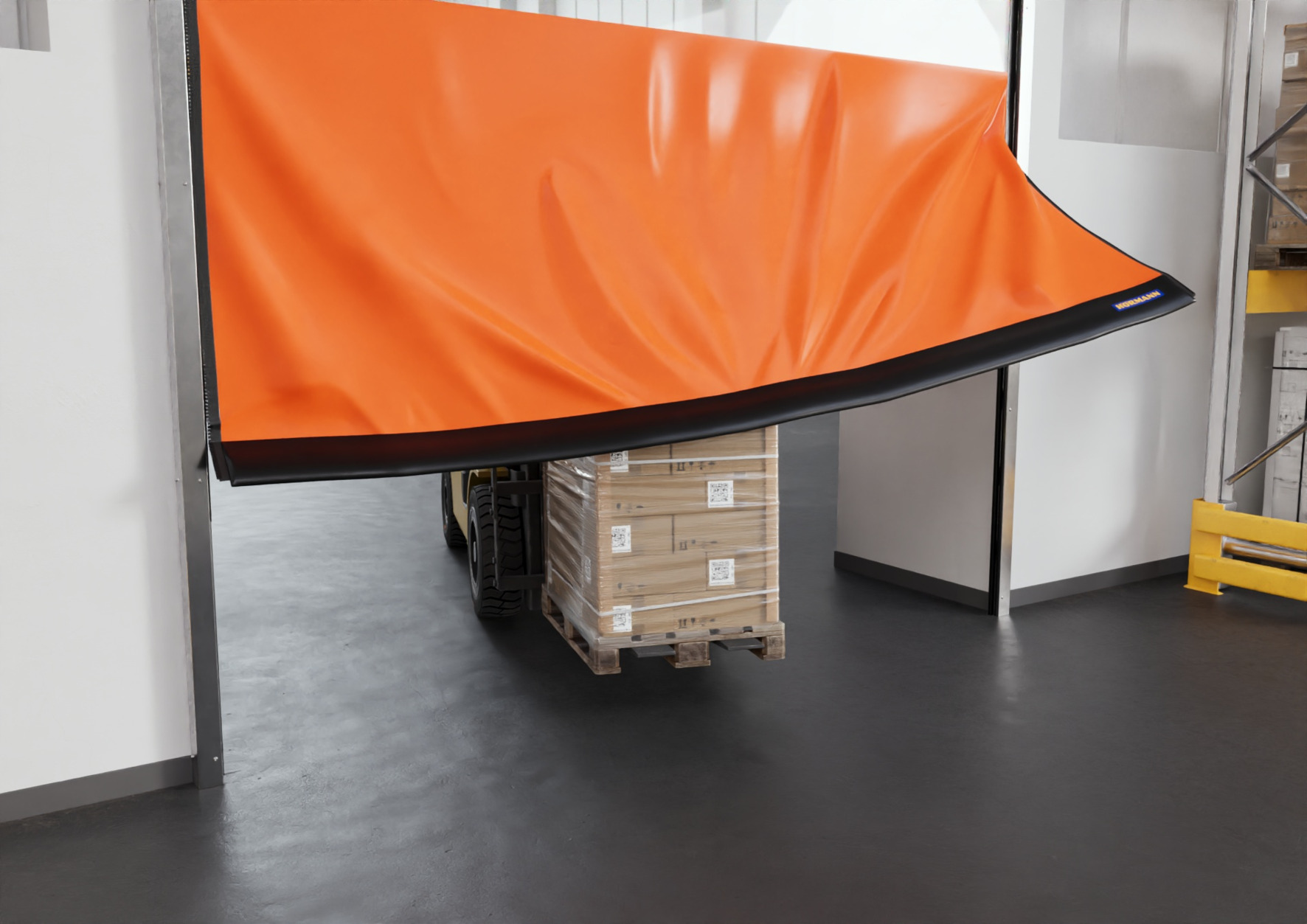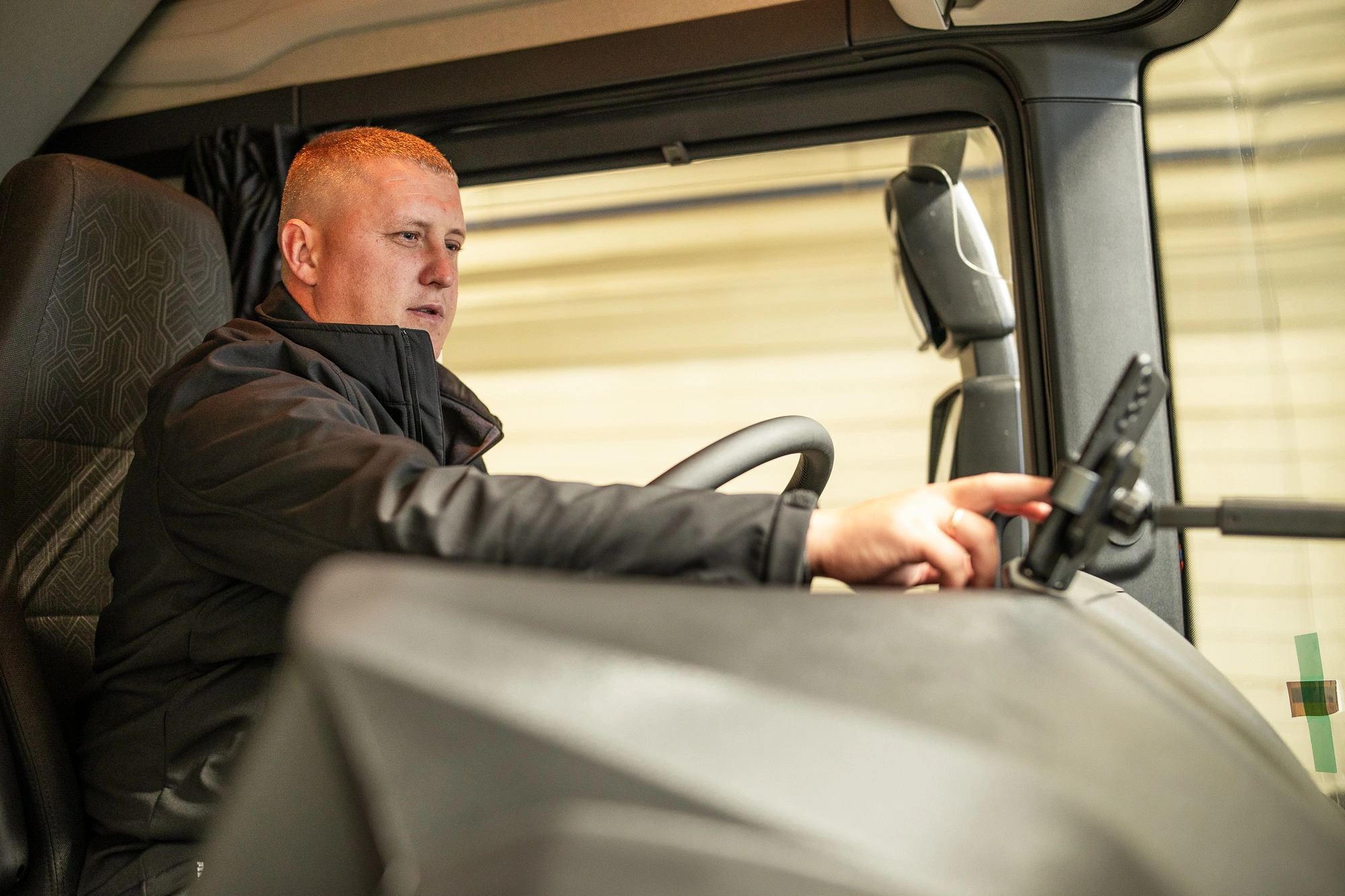Despite Brexit, the UK continues to maintain strong connections with European markets. And although the UK boasts a robust maritime infrastructure, it relies heavily on road transport for trade with Ireland and mainland Europe, with road freight accounting for more than 80% of domestic cargo movements.
However, in recent years, a combination of factors, such as declines in international trade due to Brexit, rising fuel and operational costs, and labor shortages, has placed considerable pressure on local carriers, resulting in high insolvency rates, especially among smaller carriers. So how does the landscape look just over three months into 2025? Christian Dolderer, Lead Research Analyst at Transporeon, a Trimble Company, explores this further.
Demand characteristics
Our data shows, South East England, including London, is the most significant area for transportation demand, due to its high population density and concentration of industries, as well as its role as a major centre for trade and commerce. Additionally, North West England, with cities like Manchester and Liverpool as well as the Midlands, with a regional centre in Birmingham, are key areas with high transport demand.
However, there was a significant imbalance in UK international transport: inbound transport (75.9%) far exceeds outbound transport (24.1%). In 2024, the main inbound routes originated from Germany, Belgium, Netherlands, Poland and France, while primary outbound routes led to Ireland, Germany, Belgium, and France. But despite ongoing shifts toward a service-dominated economy, road transport demand in the country remains strongly influenced by industrial activity, port operations, and population centres.
Yet, cross-border shipments in the UK are heavily focused on neighbouring European countries and a large portion of transport is facilitated by ferries offering diverse routing options, complemented by the high capacity of the Eurotunnel shuttle system.
Infrastructure characteristics
The UK’s road infrastructure plays a crucial role in its transportation capabilities. The UK has a rather unusual road transport network, with only 3,864 kilometres of high-capacity motorway (19th place in density in Europe) accompanied by a vast network of lower-class main roads. While the UK benefits from well designed motorways, limitations such as congestion levels in urban areas and at key ports continue to rise, impacting the efficiency of freight movement. The supporting infrastructure, including truck stops and loading zones, is causing concern on availability and quality, as well as present need for significant investment in maintenance and upgrades to cope with motorway traffic volumes.
Another market affecting feature of the UK road infrastructure is ferries, enabling cargo to travel to Northern Ireland, minor islands and internationally. To combat the demand, a plethora of ports offer ferry connections, with natural connections going to Ireland from the West Coast and to continental Europe from ports of South-Eastern England.
Capacity characteristics
Capacity within the UK’s road transport market is defined by several factors. The UK registered 37,920 new heavy trucks in 2024, an 8.7% decrease compared to 2023, a notably lower number than the 12% average decrease in Europe. However, the fluctuation of the rejection rate is low, indicating a stable capacity availability after Brexit turbulence.
The UK relies mostly on internal capacity to fulfill domestic demand, as the level of cabotage in the UK was less than 1% of all truck activity, with Polish, Irish and Romanian registered trucks taking the largest share of that small market. Average level of cabotage penetration in the UK is significantly below that of the EU, which makes it harder to fulfill extra demand during short peak periods and might become a strategic concern in future in case of considerable demand increases.
One of the possible solutions to the looming capacity problem might be increasing the share of intermodal road-rail-road capacity on the key north-south routes, but it comes with its own set of infrastructure issues to solve.
Rate characteristics
The grand picture for transport rates in the UK is significantly more influenced by trade imbalances than by market developments. Due to the significant prevalence of imported goods volumes over exports, international transport rates for transports going into the UK from mainland Europe are significantly higher. The discrepancy is sometimes reaching over 100% increase for inbound transports versus outbound. Domestically this effect is also visible, within transports to South West England or Scottish Highlands and islands.
The UK’s road transportation market is characterised by a high domestic focus, significant inbound transport activity and infrastructure attributes specifics. The existing motorway network is densely utilised, the country experiences an imbalance in trade flows and an ongoing decrease in transport activities, but without accompanying capacity increases, as truck registrations are declining, and driver shortage is significant.
However, considerable challenges related to maintenance and congestions also exist. So, while the current domestic market still maintains a stable capacity environment with moderate rate variations, this might gradually change in coming years, as sustained and focused efforts are required to ensure the British road transportation sector can adequately support the broader economy.
While COVID-19 had a short-term impact for cross border transportation, Brexit appears to have instigated a lasting shift. This enduring change in price imbalance is likely due to reduced competition and foreign capacity for outbound transports, as UK specialists absorb operations, leveraging their expertise to navigate administrative complexities. Additionally more business to local UK carriers, operating on a different cost basis compared to continental carriers, have bolstered outbound prices.
Four years on, it seems this reduced imbalance proportion has become the new norm, poised to remain until another external factor disrupts or gradually alters the market. Considerable challenges related to maintenance and congestions also exist. Therefore, although the domestic market maintains a stable capacity environment with moderate rate fluctuations, this may gradually change over time as sustained and focused efforts are required to ensure the British road transportation sector is capable of adequately supporting the broader economy in the coming years.
similar news
Logistics Industry Sees Global Recovery Out of Reach for 2021















